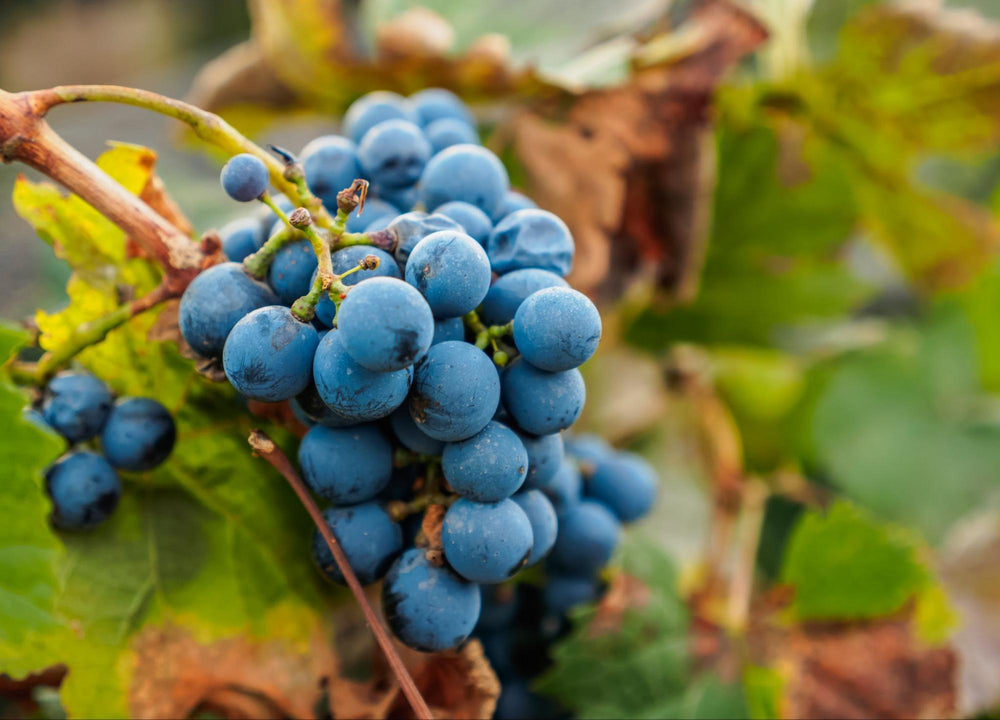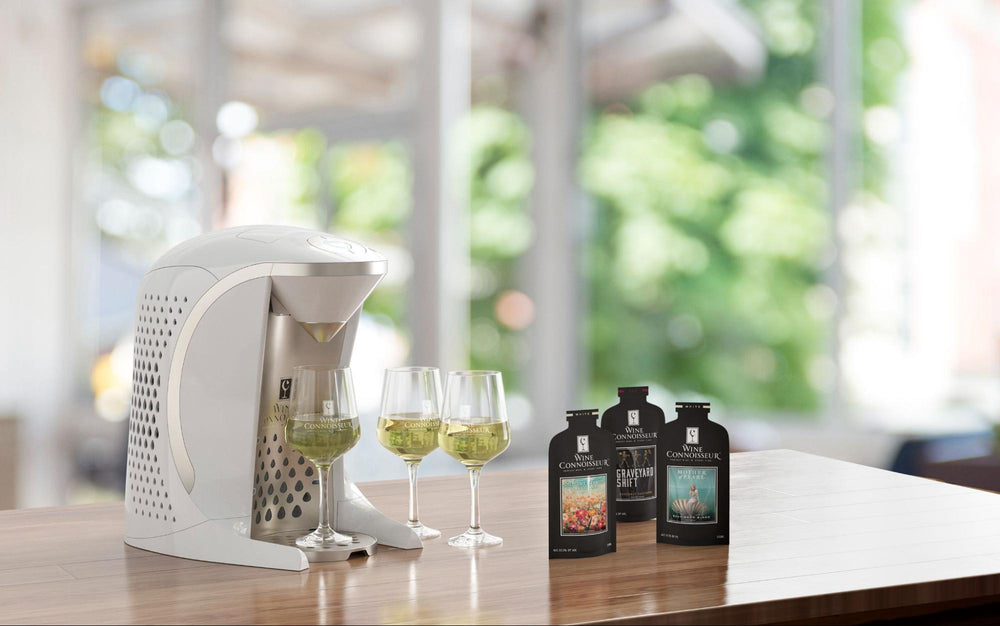Everything You Need to Know About Chardonnay

Crisp and acidic. Rich and buttery. Floral and fruit-froward.
In the world of wine, there’s a vast rainbow of flavor and textures on offer. But maybe you didn’t know you could taste all of the above from a single grape?
Whether you like your wines clean and crisp or rich and creamy, there’s something for everyone in a perfectly chilled glass of Chardonnay.
Read on to learn everything there is to know about this succulent, versatile varietal and why it’s one of the most popular white wines in the world.
Well-Versed In Versatility
Chardonnay grapes are world-renowned for their versatility and can grow in a variety of climates. Each vine is heavily influenced by the soil it’s grown in, producing vast differences in each glass depending on the region they’re grown in.
Chardonnay grapes aren’t just a mainstay in Chardonnay wines. They’re also found in many other white wines like Chablis and White Burgundies. In general, warmer climes generally lead to fruitier wines. Chardonnay is no exception.
Chablis is close in proximity to the Champagne region with the cool climate lending to a crisp, acidic wine. Meanwhile, White Burgundy is much closer to the Mediterranean and the coastal warmth brings out a fruitier, more floral palate.
In fact, Chardonnay grapes are one of the most commonly used in creating modern Champagne. It’s one of the few grape varieties allowed in sparkling wine that can still legally be called Champagne.

How Does Chardonnay Taste?
For most of Chardonnay’s history, it was assumed that a New World wine would never taste as delicious as those grown and fermented in the French countryside.
In 1976, a wine shop owner in Paris wanted to put this claim to the test. He staged a blind taste test among some of France’s great wine enthusiasts. The aim? To measure how vast the gap was between the classic French varietals and the supposedly inferior American wines.
The results shocked the wine world.
Not only did the American wines win out in the red corner, but they also took top honors in the white category with a 1973 Chardonnay from Napa Valley.
Soon after, California Chardonnays skyrocketed in popularity to become the most prominent American white. Soon, there were nearly as many Chardonnay vines in California as in the esteemed winemaking regions of France.
Unfortunately, in the decades that followed, wine experts became more critical of the paucity of options on display when it came to California Chardonnay. Winemakers compressed the rainbow of possibilities on offer with Chardonnay grapes into a single profile — rich and creamy.
While buttery Chardonnays can certainly taste divine, they represent only a sliver of what’s possible with Chardonnay. Fortunately, in recent years, more winemakers have opted for an unoaked approach, infusing new life into this classic varietal.
However you like your favorite glass, there’s almost certainly something on offer for your taste buds in the wide world of Chardonnay.

The Flavors On Offer With Chardonnay
Chardonnay’s versatility can cause it to become a bit difficult to classify, raising questions like —
Is Chardonnay a dry wine or sweet? With its full body and buttery flavor, is it closer to red or is Chardonnay white wine? What exactly is Chardonnay?
Chardonnay is whatever you make of it.
One of the most diverse flavor profiles in the world of wine, the vast difference between glasses of Chardonnay comes not only from the vineyard but from the oak barrels (or steel tanks) they’re aged in.
Oaked Chardonnays are infused with naturally occurring compounds found in the barrels as they age. The most noticeable of these flavors is vanilla, though wines can pick up on more subtle flavors like mocha, toffee, and even tobacco. All of these compounds serve to provide oaked Chardonnays with a toastier taste with hints of spice and pastry.
Unoaked Chardonnays can be aged in many different ways, with the most common methods being in tanks of stainless steel or concrete. This prevents oxidation to lock in the dry white wine’s natural acidity without infusing any extra compounds to distract from the natural flavors of the grape.
These wines often exist on the fruitier, brighter side of the varietal. If you prefer an acidic wine with powerful notes of citrus and tropical fruit flavor, then this type of Chardonnay is going to be the one for you.
The barrels aren’t the only factor that contributes to flavor — there’s also malolactic fermentation. This chemical process converts the punchy malic acid in wine to creamy lactic acid. While malolactic fermentation is common when it comes to reds, it’s relatively rare in the world of white.
Oaked Chardonnays are the exception, giving a glass of these varietals their signature creamy flavor and silky texture.

Chardonnay Food Pairings
As with all wine pairings, the key is to match the weight of the wine with the weight of what’s on your plate.
A buttery Chardonnay is a perfect companion for fatty foods like delicious lobster tail, heavy cream sauce, or dark meat like slow-roasted chicken thighs.
If you’re sipping on a crisp, acidic Chardonnay, opt for a lighter seafood filet like salmon or roasted chicken breast and sauteed veggies. A Chablis also works well with milky cheese like brie or goat cheese.
Supercharge Your Chardonnay With Wine Connoisseur
Last but not least, the key to serving a perfect glass of oaked Chardonnay is to keep it a tad warmer than other whites at around 55° F. This is because full-bodied whites need the extra heat to allow their complex flavors to shine.
More acidic unoaked Chardonnay might like it a little cooler around 50° like other white wines, tempering the alcohol vapors and bringing out the subtle nuances within the drink.
Of course, these temps could be achieved by placing your wine in the fridge for the exact right amount of time. But what if you’re entertaining and don’t have the mental bandwidth to attain the perfect chill?
No worries.
To ensure you’re getting the best from every drop, look to a personal sommelier like the Wine Connoisseur. This single-serve wine dispenser perfectly calibrates each varietal to its tastiest temperature and oxidation levels, allowing you to get the most from each sip without a second thought.
For one of the best Chardonnay wines, try out our Summer Blossom Chardonnay, well-balanced between creaminess and tart acidity. Serve it to perfection hassle-free with the Wine Connoisseur.



